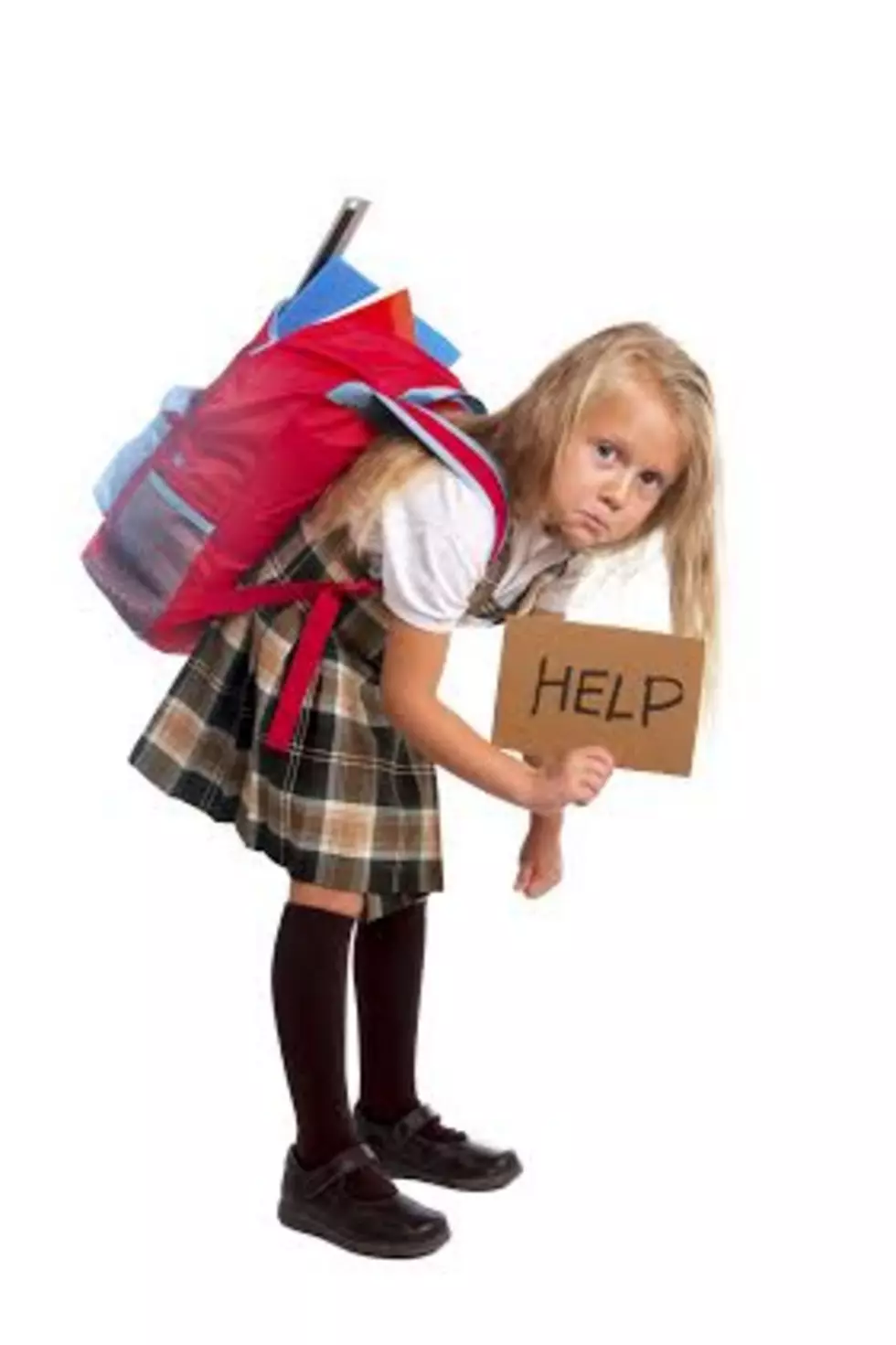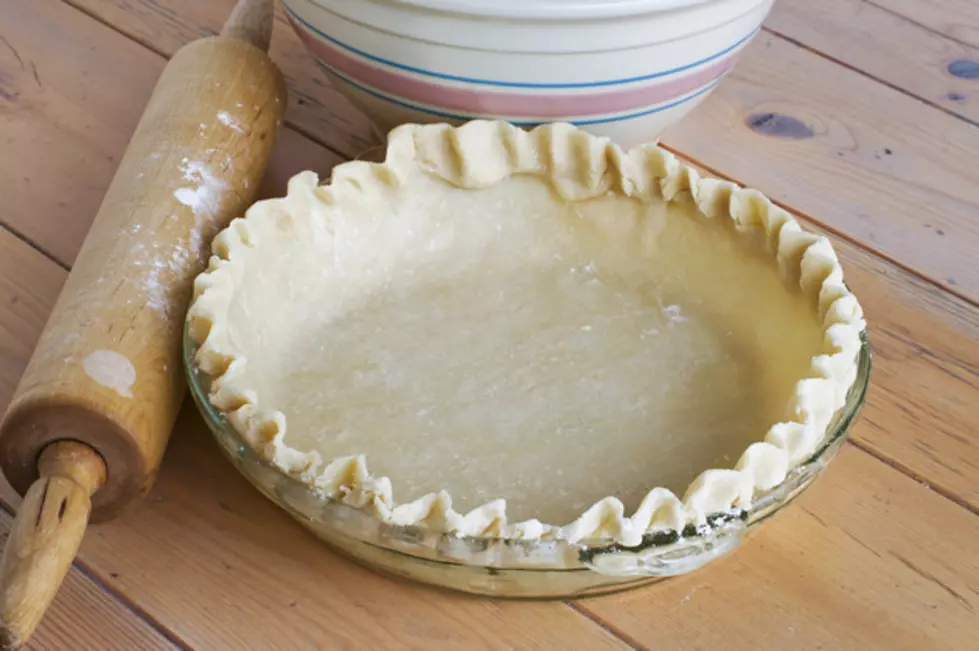
A New Health Hazard Parents Should Be Aware of Is the Weight of Their Student’s Backpack
It can be the toughest decision a kid can make before they go back to school - choosing the right backpack. Many parents have stood in the backpack aisle waiting patiently while their student carefully decides between their favorite cartoon character design or if they will be toting their books in something that says Nike or Adidas.
But after those students pick out the perfect back pack, it's the parent's turn to make sure it doesn't hurt their student. Back-to-school backpacks are becoming one of the most common school hazards - because of what students put in it.
Bigger text books, along with the combination of students putting items such as laptops, sports gear they might need for after-school activities and bottles of water or sports drinks into their back packs, has caused the weight of those backpacks to cause physical problems for students.
Karen Jacobs, a clinical professor of occupational therapy and past president of the American Occupational Therapy Association (AOTA) says,
Heavy backpacks are a health risk for children of any age because their musculoskeletal systems are not fully developed. All that weight can cause aches and pain in a child’s neck, shoulders, back, and head.
One study even suggested that heavy backpacks can cause spinal curvature.
Statistics from the U.S. Consumer Product Safety Commission show that over-stuffed backpacks caused about 8,500 kids between the ages of five and 18 to suffer from backpack injuries.
Jacobs reminds parents that it is important to make sure the backpack your child selects, "fits" the student. As difficult as it might be to talk your student out of the 'My Little Pony' or 'Teenage Mutant Ninja Turtles' backpack, the backpack they choose must fit them comfortably. To help parents, Jacobs has seven tips that will ensure that the back-to-school students aren't carrying the "weight of the world" on their shoulders and back.
- A student's backpack shouldn't weigh more than 10 percent of the child's body weight. (For example, if your student weights about 100 pounds, it's recommended that their backpack only weighs about 10 pounds.)
- Backpacks often come with different pockets and compartments - use them! These help distribute the weight of the backpack and it's contents evenly.
- It might look cooler carrying the backpack with only one of the shoulder straps, but parents are encouraged to remind their students to use both of the shoulder straps. This helps even the weight on a student's body.
- Use the hip-strip. This helps move the weight of the backpack away from the shoulders to around the waist.
- Get a backpack - with wheels! This is a good option for the kids that just have too much that needs to be put in their backpack. Parents, think of a piece of luggage. Would you rather carry it in an airport, or roll it through an airport?
- Watch for the warning signs! If your child starts complaining about a painful back, numbness, red marks on their shoulders or starts to walk "hunched over", it's time to do a bag check!
- Talk to the teachers. If other parents are noticing problems with their student's backpacks, talk to the teachers - as a team - and find out if there is a way that not everything (textbooks, laptops, etc.) has to come home every day.
To bring further awareness to the health hazard of heavy backpacks, the American Occupational Therapy Association has declared Wednesday, September 16, 2015 as National School Backpack Awareness Day, encouraging parents to pick up their student's backpack and maybe do a "weigh-in".
Source: Yahoo Parenting
More From KKRC-FM / 97.3 KKRC









